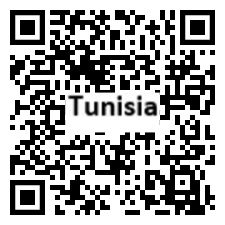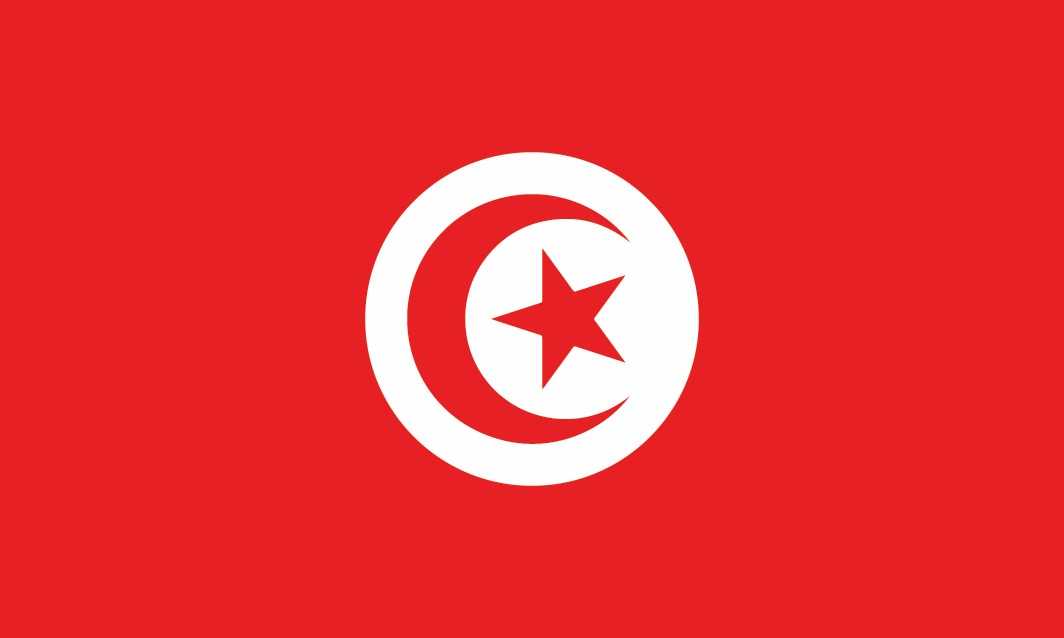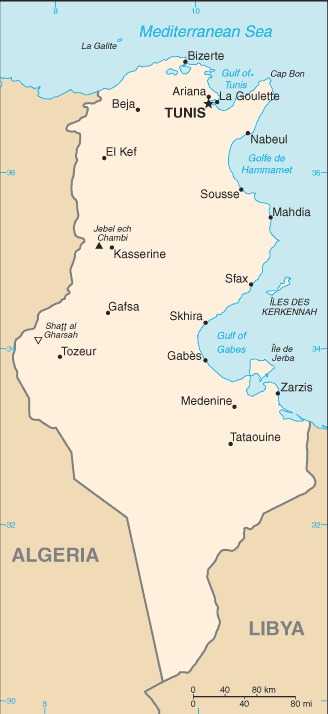Introduction
Background
Tunisia has been the nexus of many different colonizations including those of the Phoenicians (as early as the 12 century B.C.), the Carthaginians, Romans, Vandals, Byzantines, various Arab and Berber kingdoms, and the Ottomans. In 1818, France established a protectorate. The French recognized Tunisia as an independent state in 1956.
Geography
Area
total: 163,610 sq km
land: 155,360 sq km
water: 8,250 sq km
Climate
temperate in north with mild, rainy winters and hot, dry summers; desert in south
Natural resources
petroleum, phosphates, iron ore, lead, zinc, salt
People and Society
Population
total: 12,048,847
male: 5,972,242
female: 6,076,605 (2024 est.)
Ethnic groups
Arab 98%, European 1%, Jewish and other 1%
Languages
Arabic (official, one of the languages of commerce), French (commerce), Tamazight; note - despite having no official status, French plays a major role in the country and is spoken by about two thirds of the population
Religions
Muslim (official; Sunni) 99%, other (includes Christian, Jewish, Shia Muslim, and Baha'i) <1%
Population growth rate
0.58% (2024 est.)
Government
Government type
parliamentary republic
Capital
name: Tunis
Executive branch
chief of state: President Kais SAIED (since 23 October 2019)
head of government: Prime Minister Ahmed HACHANI (since 1 August 2023)
Legislative branch
description: bicameral legislature (enacted by the 2022 constitution) consists of:
newly added National Council of Regions and Districts (Le Conseil National des regions et des districts); (77 seats; members appointed by municipal-level councils; members of each Regional Council elect 3 members among themselves to the National Council; each District Council elects 1 member among themselves to the National Council; members serve 5-year term)
Assembly of Representatives of the People (161 seats; 151 members in single seat constituencies and 10 members from Tunisian diaspora directly elected by majoritarian two-round voting system; all members serve 5-year terms)
Economy
Economic overview
lower middle-income North African economy; drafting reforms for foreign lenders; high unemployment, especially for youth and women; hit hard by COVID-19; high public sector wages; high public debt; protectionist austerity measures; key EU trade partner
Real GDP (purchasing power parity)
$130.592 billion (2022 est.)
$127.485 billion (2021 est.)
$122.105 billion (2020 est.)
Real GDP per capita
$10,600 (2022 est.)
$10,400 (2021 est.)
$10,000 (2020 est.)
Agricultural products
milk, olives, tomatoes, wheat, barley, watermelons, chilies/peppers, potatoes, dates, oranges (2022)
Industries
petroleum, mining (particularly phosphate, iron ore), tourism, textiles, footwear, agribusiness, beverages
Exports
$17.288 billion (2022 est.)
$14.067 billion (2021 est.)
$11.213 billion (2020 est.)
Exports - partners
France 22%, Italy 16%, Germany 14%, Spain 4%, Libya 4% (2022)
Exports - commodities
garments, insulated wire, refined petroleum, crude petroleum, pure olive oil (2022)
Imports
$22.536 billion (2022 est.)
$18.215 billion (2021 est.)
$14.554 billion (2020 est.)
Imports - partners
Italy 14%, France 14%, China 9%, Germany 7%, Turkey 6% (2022)
Imports - commodities
refined petroleum, natural gas, plastic products, wheat, cars (2022)
Exchange rates
Tunisian dinars (TND) per US dollar -
Exchange rates:
3.104 (2022 est.)
2.794 (2021 est.)
2.812 (2020 est.)
2.934 (2019 est.)
2.647 (2018 est.)
Page last updated: Tuesday, May 07, 2024




